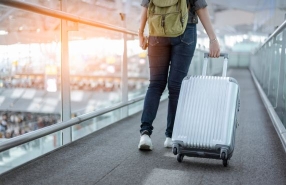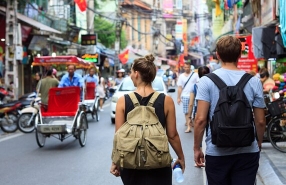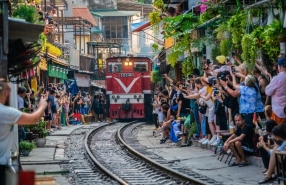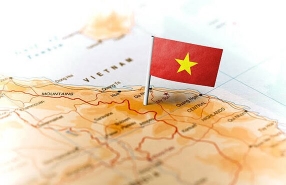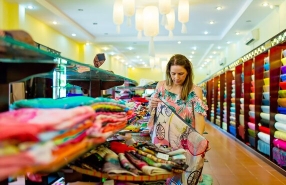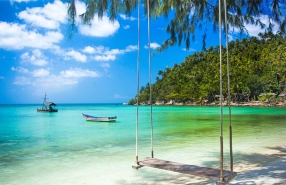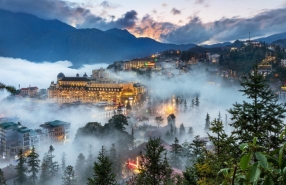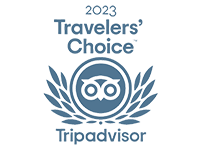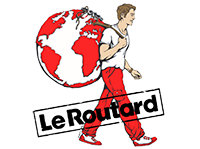How To Find Ethnic Groups In Vietnam? Meeting The Ethnic Minorities

Vietnam is a true cultural treasure, home to 54 ethnic groups, each with unique traditions, colorful attire, and an authentic lifestyle. Every region offers an immersion into a distinct culture, from the majestic northern mountains to the lush central highlands. So, where should you go to meet Vietnam's ethnic minorities? Follow us and embark on this journey of discovery today!
Table of Contents
I. Overview of 54 ethnic groups in Vietnam
According to legend, Father Lac Long Quan and Mother Au Co gave birth to 100 children. Fifty followed their father to the sea and became the Viet (Kinh ethnic group), while the other fifty followed their mother to the mountains and became the various ethnic minorities of Vietnam.
From a historical perspective, Vietnam was formed over 4,000 years ago as the kingdom of Lac Viet, ruled by the Hung Kings, who are considered the ancestors of Vietnam’s ethnic groups.
Regarding the formation of ethnicities, each group has its unique history. Some ethnic groups developed within Vietnam, while others migrated from the north to the south, from the south to the north, or from the west into Vietnam.
Among these groups, the Kinh people make up the majority, accounting for more than 85% of the population, while the remaining 53 ethnic groups represent 15%. Despite this demographic difference, Vietnam actively supports the preservation and promotion of the cultural traditions of its ethnic groups, fostering solidarity among the 54 ethnicities in Vietnam.
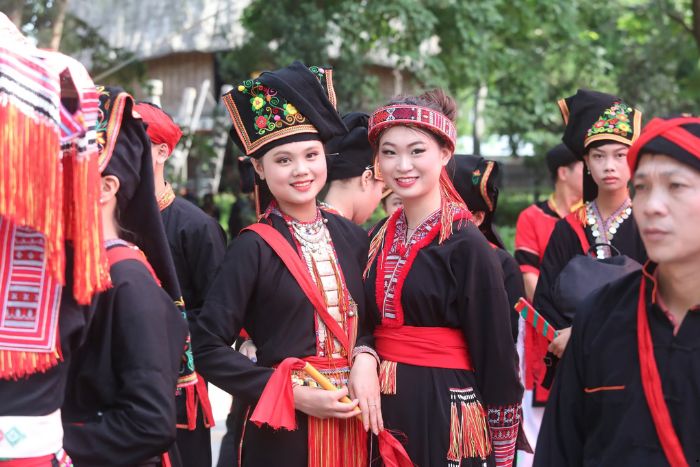
Ethnologists have classified Vietnam’s ethnic groups into 8 linguistic families:
Viet-Muong linguistic group: The Kinh group, the majority, is spread across the entire country.
Tay-Thai linguistic group: These ethnic groups mainly live in the northern plains and northwestern mountains.
Kadai linguistic group: These communities inhabit remote mountainous areas in the north, near the border with China.
Hmong-Dao linguistic group: These groups primarily reside in the northern mountains and parts of central Vietnam.
Han linguistic group (Chinese): These people are scattered across the northern and southern plains of Vietnam.
Tang-Mien linguistic group (Sino-Tibetan): These smaller groups live in northern mountainous villages.
Mon-Khmer linguistic group: These groups inhabit the northwestern mountains and western regions of Vietnam.
Chamic linguistic group (Austronesian): These people originate from southern islands and primarily live in the central highlands.
Meeting the Vietnam ethnic groups on your trip can be challenging as they are not only spread across diverse regions but often reside in remote and isolated villages. However, in the following sections, Autour Asia introduces destinations where you can meet representative ethnic groups, interact with them, and learn about their culture. Let’s discover them together down here!
II. Where to meet the ethnic groups in Northern Vietnam?
In the northern, nestled at the foot of majestic mountain ranges, lie remote villages home to Vietnam’s ethnic minorities. These communities primarily sustain themselves through agriculture and livestock farming, while ethnic women often engage in traditional crafts such as weaving and sewing. Here are some regions in the north where you can encounter Vietnam's fascinating ethnic groups:
1. Sapa - Bac Ha
Located in Lao Cai Province, Sapa Vietnam is a cultural crossroads where several ethnic groups, including the Hmong, Dao, and Tay. Among them, the Hmong are the majority in Sapa. These groups are easily recognizable by their traditional clothing: the Hmong wear dark blue attire, the Dao stand out with their red scarves, and the Tay are known for their simple black outfits.
The Bac Ha ethnic market in Lao Cai held once a week on Sunday mornings, is an excellent place to see these local ethnic groups in their traditional costumes and engage with them.
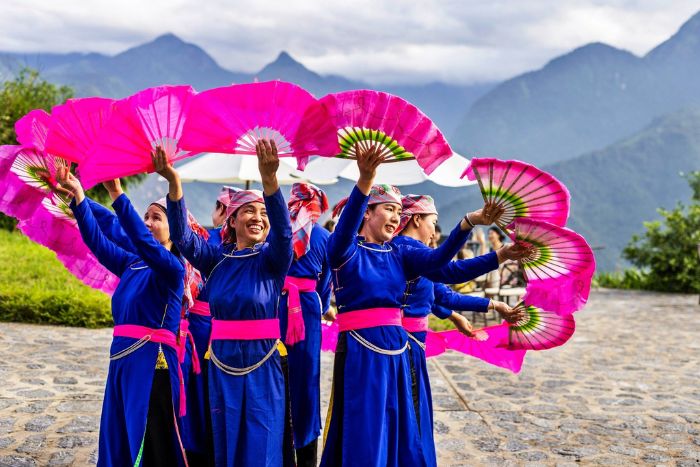
2. Ha Giang - Cao Bang
Ha Giang, located in Vietnam's northernmost region, is a vibrant, multicolored mosaic of ethnic cultures. Currently, Ha Giang is home to 19 Vietnam's ethnic groups, primarily the Hmong, Tay, and Dao. Each community preserves its cultural traditions and customs. You can meet these groups in their villages or at weekly markets, which are significant cultural events for both locals and visitors.
Cao Bang, on the other hand, is predominantly inhabited by the Tay (over 40% of the population) and Nung (about 30%). These communities maintain deeply rooted customs and traditions that make every encounter unique. This province, characterized by limestone plateaus mixed with earthen mountains, features scattered villages. To discover the Tay culture, visit the majestic Ban Gioc Waterfall.
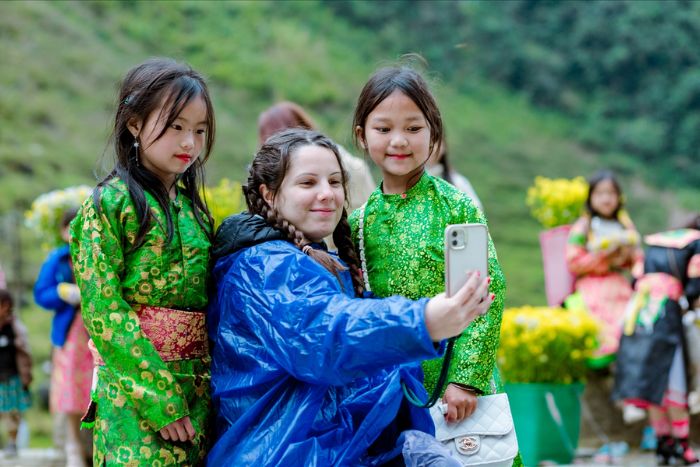
3. Mai Chau - Pu Luong
Mai Chau and Pu Luong, located in Hoa Binh Province, are ideal for exploring the culture of 7 ethnic groups in Vietnam, mainly the Thai, Muong, and Hmong. These verdant and tranquil regions offer an authentic experience through hikes across rice terraces and visits to traditional villages. A bike ride through the rice paddies and villages of Mai Chau and Pu Luong is sure to be a highlight of your trip to Vietnam.
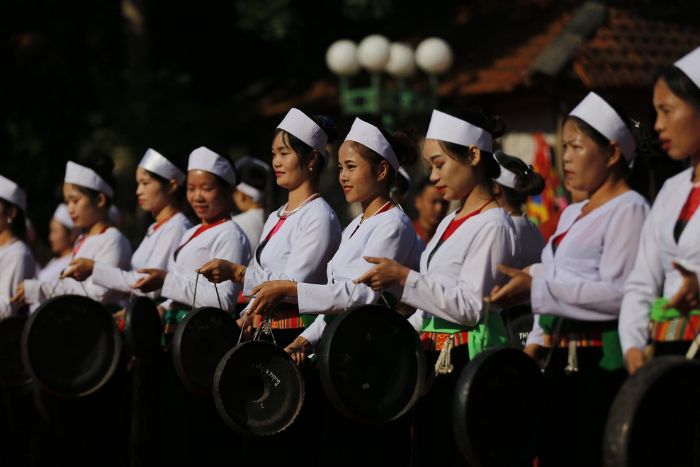
4. Mu Cang Chai
Mu Cang Chai, in Yen Bai Province, is renowned for its stunning rice terraces and villages of the Hmong ethnic group. The culture, architecture, and events in this region fully reflect the unique characteristics of Hmong culture. It’s the perfect place to meet these Vietnam’s ethnic communities in a breathtaking natural setting while discovering their traditional way of life.
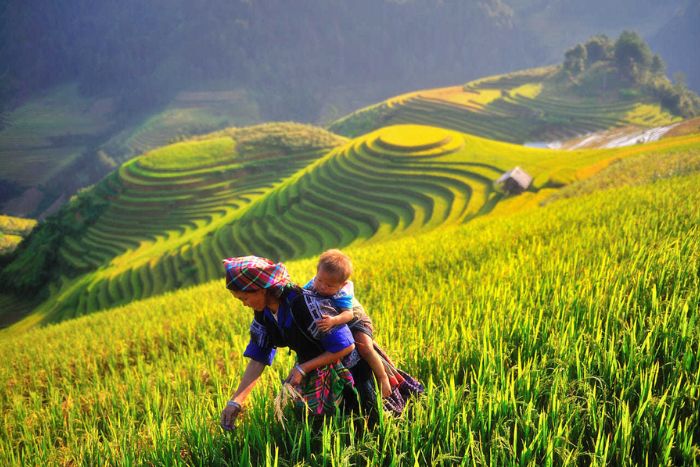
III. Where to meet ethnic groups in Central and Southern Vietnam?
The ethnic groups in central and southern Vietnam offer a distinct yet equally captivating culture, set against diverse landscapes ranging from highlands to the riverine areas of the south. Here are some must-visit places to encounter Vietnam's ethnic minorities:
1. Central Highlands
The Central Highlands of Vietnam (Tay Nguyen) spans five provinces: Dak Lak, Dak Nong, Kon Tum, Gia Lai, and Lam Dong. Renowned for its stunning natural scenery and rich ethnic diversity, it has long been home to ethnic groups such as the Bahnar, Gia Rai, Ede, Mnong, Co Ho, and Ma.
Among its cultural treasures, the most famous is the Central Highland Gong Culture Festival (recognized by UNESCO as a masterpiece of intangible cultural heritage). During this festival, all local ethnic groups come together to share rhythmic beats, perform powerful melodies with traditional musical instruments, and dance in unison.
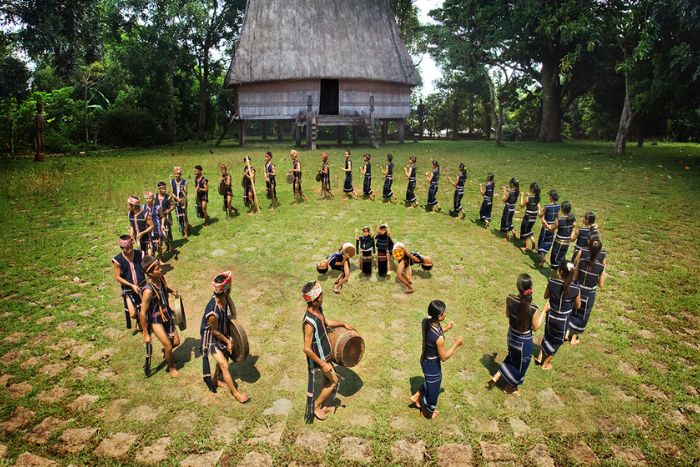
2. Ninh Thuan - Binh Thuan
The provinces of Ninh Thuan and Binh Thuan in the south-central region are known for the presence of Cham, Hoa, Raglai, and Koho ethnic groups. Among them, the Cham people stand out with their fascinating history and Balinese and Islamic influences.
Visitors can explore their Cham temples and towers, admire their traditional dances, and discover their unique handicrafts. A highlight is the Kate Festival in Ninh Thuan, which attracts numerous visitors with its traditional rituals and performances that reflect the authentic culture of the Cham ethnic group in Vietnam.
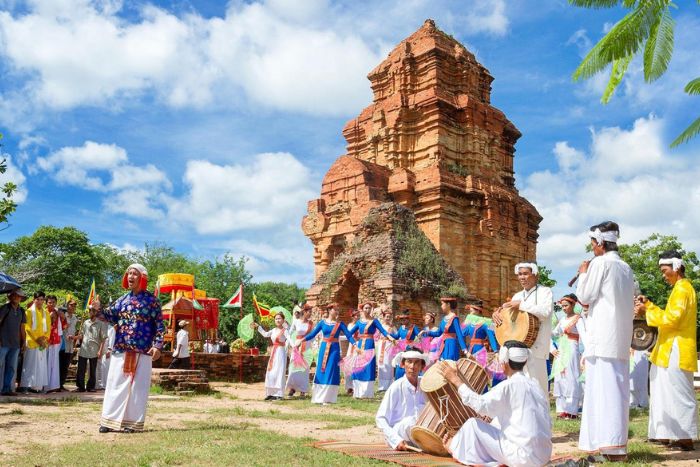
3. Mekong Delta
The Mekong Delta in southern Vietnam is primarily home to the Kinh majority but also includes ethnic groups such as the Cham, Khmer, and Hoa.
Here, traditions blend with Cambodian cultural influences, creating a rich tapestry of history, language, and unique cultural traits. Over time, the cohabitation and development in the region have fostered solidarity and unity among these groups. The Mekong Delta is also an ideal place to experience the daily lives of Vietnam's ethnic groups through its floating markets and riverside villages.
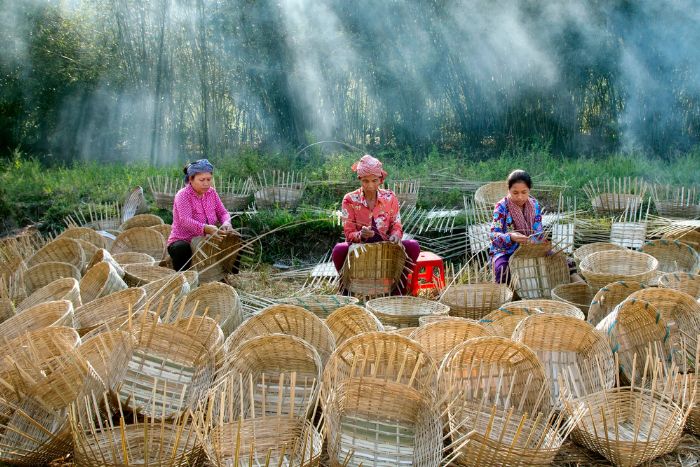
IV. Best ethnic minority tours in Vietnam
1. Northern Vietnam 9 days: This 9-day tour takes you to the heart of the mountains in Cao Bang, Lang Son, and Ba Be Lake, offering opportunities to meet Vietnam’s ethnic communities, including the Hmong, Dao, Giay, and Tay. You’ll explore breathtaking landscapes and ethnic villages in northern Vietnam.
2. Vietnam central highlands: Embark on a 9-day adventure through the Central Highlands, where you’ll have the chance to meet Vietnam ethnic groups such as the M’nong, Ede, and Tay. The itinerary includes visits to Cat Tien National Park and the Ethnographic Museum in Buon Ma Thuot, as well as authentic village experiences.
3. Vietnam adventure 14 days: This itinerary blends nature, culture, and encounters with Vietnam’s ethnic groups. From Sapa and Bac Ha to Ha Giang and Cao Bang, you’ll travel through ethnic villages and immerse yourself in the daily lives of Vietnam’s minorities.
4. Vietnam itinerary 15 days: This tour allows you to discover Vietnam’s cultural treasures while meeting the ethnic groups that enrich its heritage. Explore picturesque towns like Ben Tre and Hoi An, marvel at natural wonders in Sapa, and engage with Vietnamese ethnic communities in villages like Ta Van and Cat Cat in the north.
With its 54 distinct ethnic groups, Vietnam attracts travelers from around the world eager to uncover the unique identity and culture of each community. Don’t forget to contact Autour Asia, your Vietnam travel agency, to start your next amazing adventure exploring Vietnam's ethnic minorities!
- The Hmong people hold the Gau Tao Festival, a joyful event in Ha Giang to pray for health and prosperity.
- The Khmer celebrate the Ok Om Bok Festival in Soc Trang (on the 15th day of the tenth month according to the lunar calendar), dedicated to the moon and marking the rice harvest season.
- The Cham ethnic group hosts the Ponagar Tower Festival in Nha Trang (from the 20th to the 23rd day of the third lunar month), aiming to preserve their cultural identity through the reenactment of rituals, worship offerings, traditional costumes, and dances.
Yes, visiting Vietnam’s rice fields offers an excellent opportunity to meet local ethnic communities.
In regions like Sapa, Ha Giang, and Mu Cang Chai, you’ll encounter groups such as the Hmong, Dao, and Tay, who have cultivated these iconic terraced fields for generations. While exploring, you can observe their traditional farming methods, distinctive clothing, and daily village life.
Many tours include guided visits to these areas, where you can learn about their culture and even share a meal with local families. Respecting their customs and traditions will ensure a meaningful and enriching experience during your visit to Vietnam.
Related travel guide
Other similar articles
CUSTOMIZABLE BY LOCAL EXPERTS
Personalized trip at the original price!
REFUND GUARANTEE
We believe in our work and promise to give you money back.
GOOD PRICE / QUALITY
95% satisfied more than expected!
24/7 LOCAL SUPPORT
We are always available online to provide assistance at any time.
Most read articles
Autour Asia is highly recommended on
Embracing the mission of "Satisfied more than expected" and providing authentic experiences, we have received numerous recommendations on reputable travel forums:












